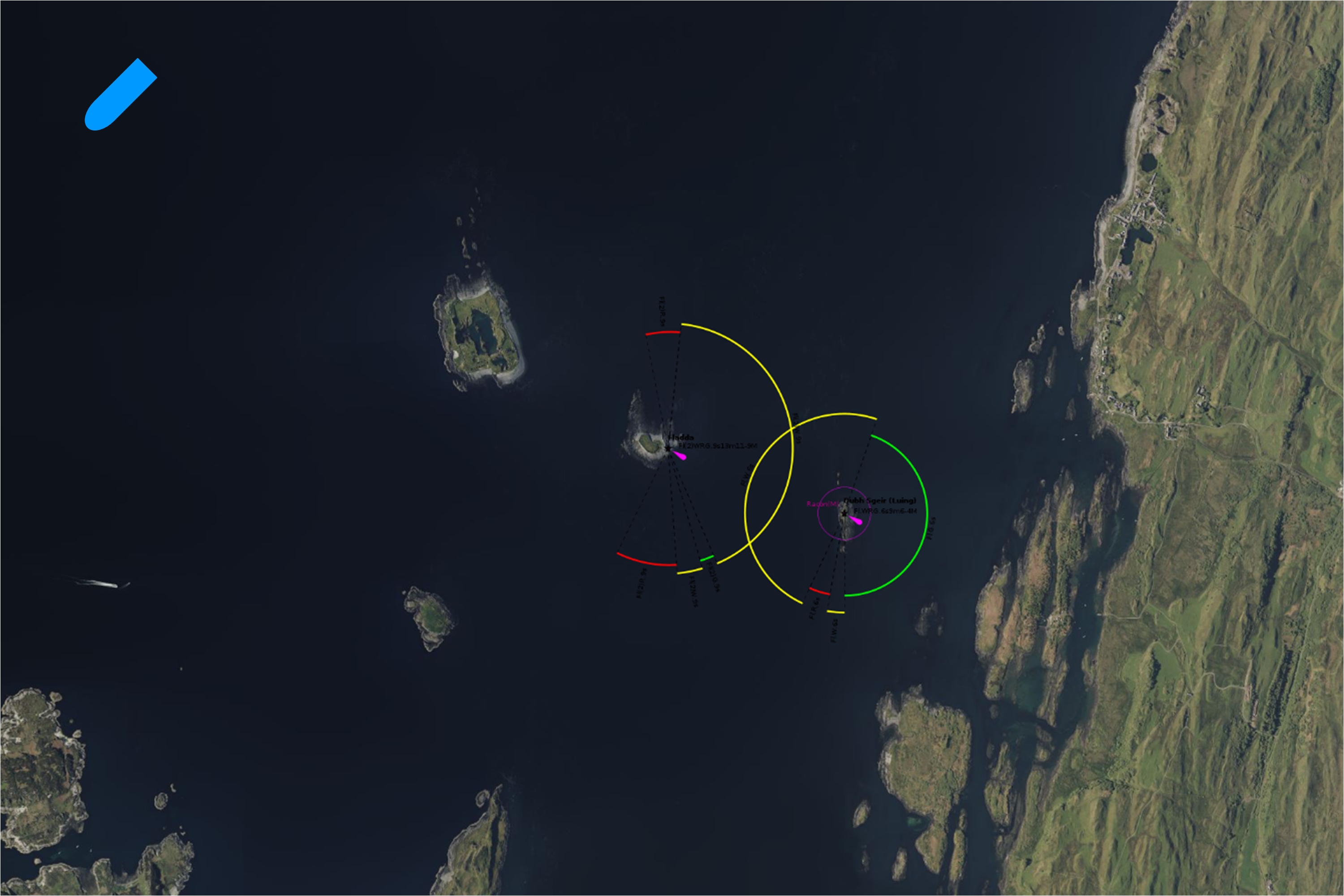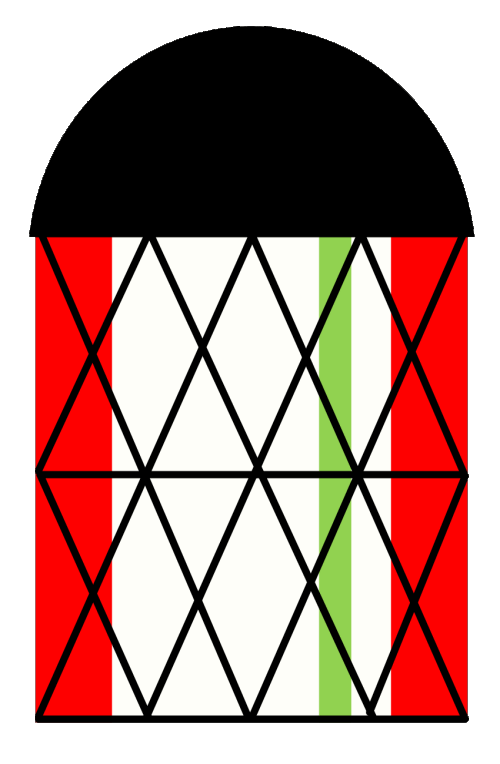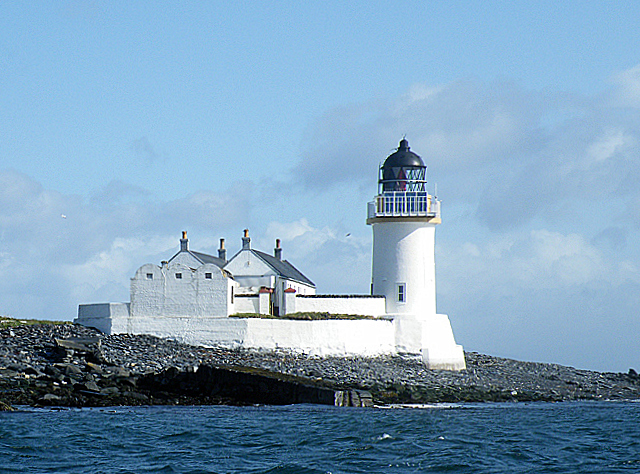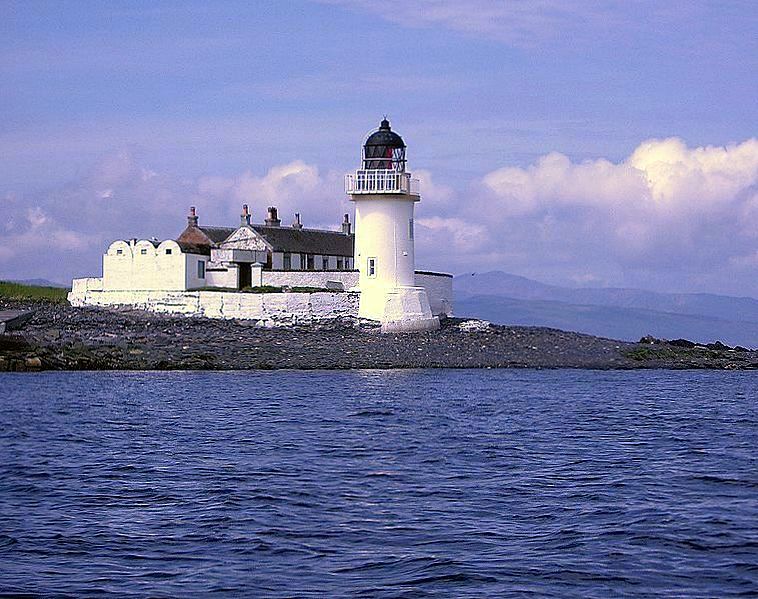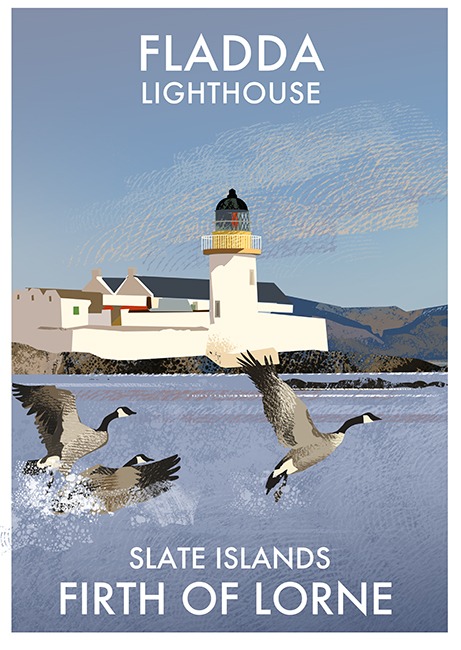
Place of the lighthouse
Fladda is one of the Slate Islands, off the west coast of Argyll and Bute, Scotland. Fladda is an islet in the Sound of Luing, between Luing and Belnahua. The name Fladda originates from the Old Norse for 'flat island'. The Slate Islands are an island group in the Inner Hebrides, lying immediately off the west coast of Scotland, north of Jura and southwest of Oban. The main islands are Seil, Easdale, Luing, Shuna, Torsa, Belnahua and Fladda.
The underlying geology of the islands is Dalradian slate, which was quarried widely until the mid-20th century. Quarry working began in 1630 and at the turn of the 20th century, the quarries were yielding some eight million slates every year.
Building of the Lighthouse
The first record of ownership of the island was that of John Stevenson, a whiskey distiller from Oban. In 1860 the Northern Lighthouse Board purchased it to build the lighthouse. The island was initially called Phladda. It was changed to Fladda by the Northern Lighthouse Board to avoid confusion with the island of Pladda, near the island of Arran, which also has a lighthouse.
Fladda Lighthouse was built in 1860, designed by David and Thomas Stevenson. First lit by paraffin, it was later converted to gas before electrification.
Operational status
Normally there are three lighthouse keepers on a lighthouse, but because this lighthouse does not have a foghorn, the occupancy on this lighthouse is only two lighthouse keepers (with family).
Fladda Lighthouse was the second major NLB lighthouse to be automated. The lighthouse was automated in 1956. As part of the process it was downgraded to a small light status.
It should be noted that the Northern Lighthouse Board has sold some redundant buildings within the lighthouse complex at this location and is not responsible for the maintenance of these buildings.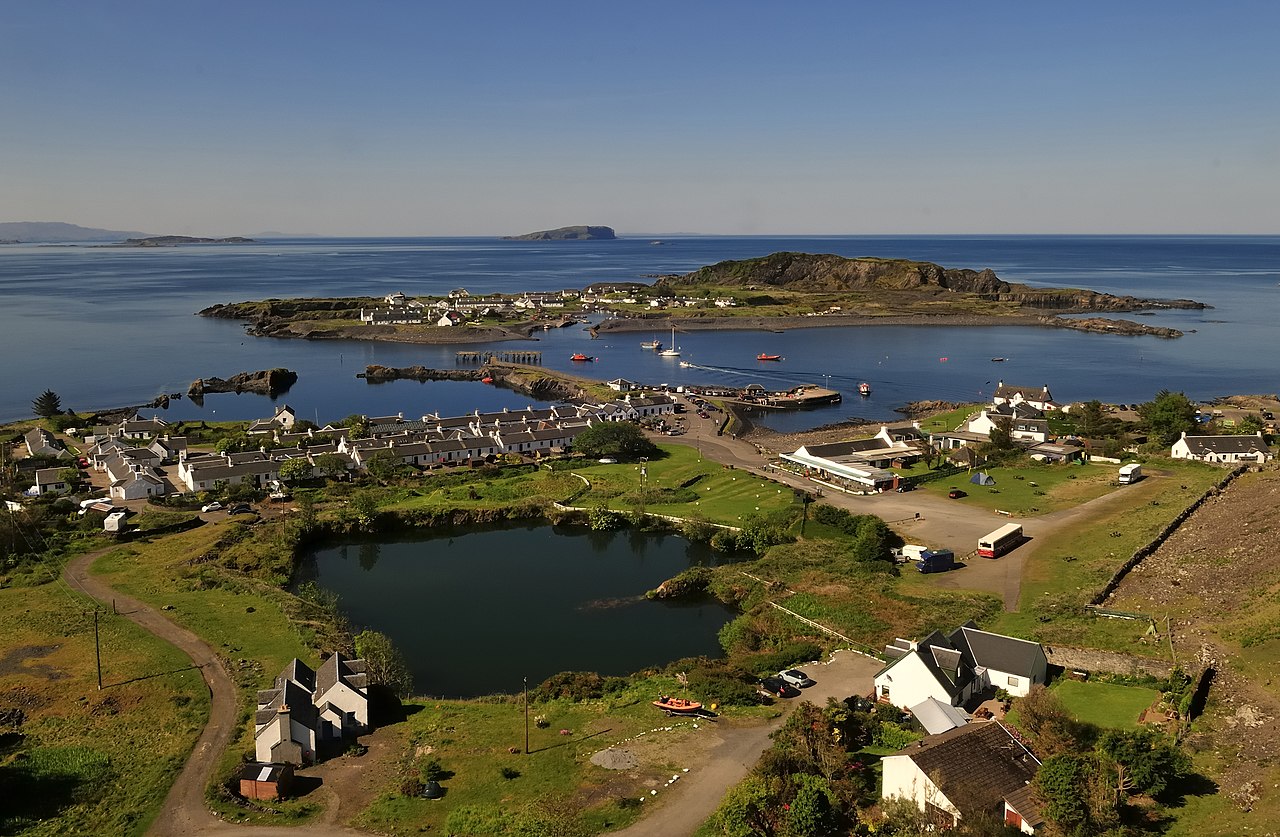
Additional information
The Fladda boatmen came from several generations of the Mclachlan family, who were also fishermen on the island Luing. From the Isle of Luing, they supplied boats for the relief of keepers and provision of supplies. Fresh water was brought in small wooden barrels from Luing, as there was no fresh water available on the island.
Originally the island had no fertile soil. However, the large enclosed garden was an excellent resource for the Fladda lighthouse families.
Luing and its neighbouring islands are rich with slate that was quarried for transport to Ireland; Irish ships reached Fladda before Luing itself and unloaded ballast at the lighthouse. Tons of Irish earth richer than anything on Argyll shores filled the lighthouse garden. Soon, Fladda was famed for its produce. Its large, fine carrots drew envious comments from the shore; homegrown strawberries became a highlight of lighthouse summers; eggs from Fladda hens made fine islet breakfasting. It is reported that up to 19 people lived within the two cottages, which only had 5 bedrooms. The keeper’s house of Fladda now seems to be home to a large colony of terns.
The former Fladda optic is seen at the entrance of the Atlantic Islands Centre in Cullipool. The nearest inhabited island to Fladda is Luing, which can be seen across the water. From the Atlantic Islands Centre is the lighthouse of Fladda visible and is well worth a visit. The centre has a display and information about the lighthouse.The Corryvreckan Whirlpool
Although the sea appears very calm in the accompanying photos, this is not always the case in this area. Not too far away from Fladda, between the islands of Jura and Scarba in the south lies the Corryvreckan Whirlpool.
It is one of the largest permanent eddies in the world and one of the most dangerous wetlands around the British Isles. It is said that at certain times the roar is so loud that it can be heard ten miles away. At full strength, currents can reach more than 10 knots and produce waves more than 9 meters high. Visitors will find a number of tour operators in the area offering boat trips to the whirlpool and surrounding waters, known as the Gulf of Corryvreckan.



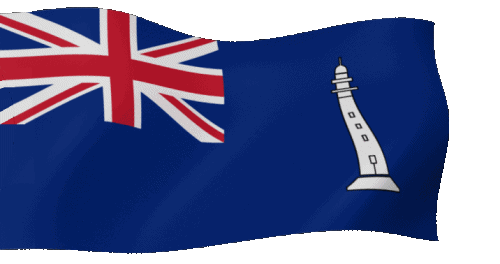
 Update: 01-03-2025
Update: 01-03-2025